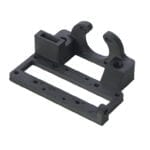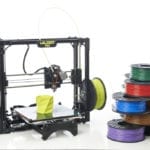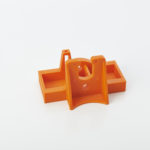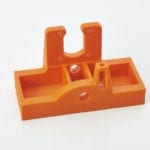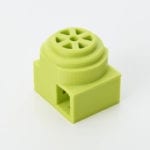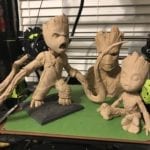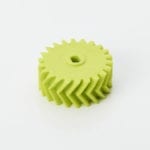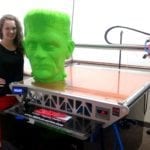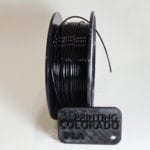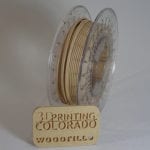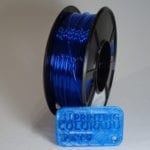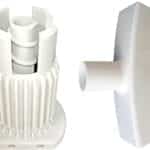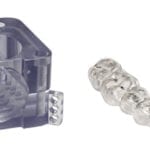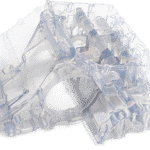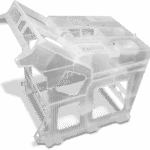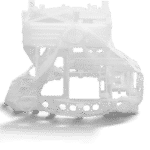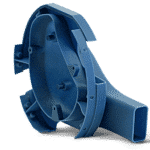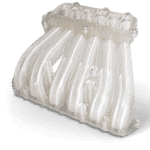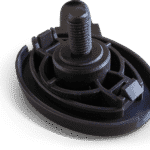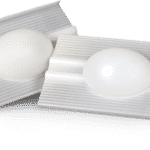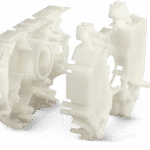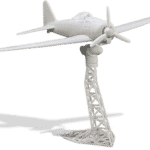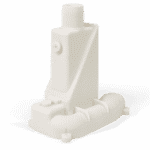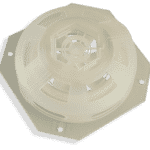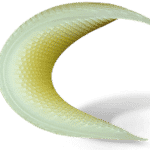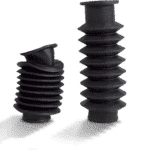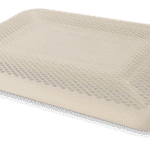This page is a helpful guide for 3D Printing Technologies and the types of parts you can produce in the different additive manufacturing techniques.
3D Printing Colorado can help you get parts produced in all of these materials and technologies. If you are unsure about what type of material or 3D Printing technology best fits your parts then give us a call at 303-466-0900 or email us at info@3dprintingcolorado.com – we can give you the information needed to make a confident choice for your 3D Printed parts.
Fused Deposition Modeling (FDM) or Fused Filament Fabrication (FFF)
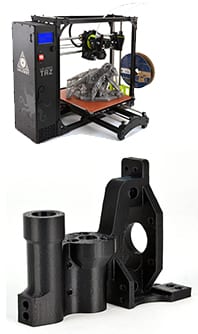
This is the most common, cheapest, and readily available form of 3D Printing.
Common Materials are:
PLA: one of the most commonly used filaments in 3D printing because it is so easy to use. PLA has minimal warping and shrinking compared to other materials, which means it thrives when making objects featuring flat surfaces and hard angles, or requiring tight tolerances for fit.
ABS: one of the most popular 3D printing materials in the world because it is strong, resilient, and offers a high degree of heat resistance. It’s a durable plastic that can be used for prototypes or functional / end use 3D printed parts.
Nylon: Flexibility meets strength with Nylon 3D Printing Filaments. It is stronger than PLA and ABS, it’s more chemically resistant and has a lower coefficient of friction than other filaments. Since objects printed in Nylon are so strong, sturdy, and flexible you can use it for End-use parts. Great for custom washers, wearing surfaces
Flexable: Flex materials perform with an exciting combination of elongation, elasticity, and strength. Flex materials come in many colors that have a beautiful, strong sheen after being 3D printed. There are a few different durometers of flexi-material.
Common FDM & FFF Materials
Stereolithography (SLA)
Stereolithography is a form of 3D printing technology used for creating models, prototypes, patterns, and production of parts in a layer by layer fashion using photopolymerization, a process by which light causes chains of molecules to link, forming polymers.[1] Those polymers then make up the body of a three-dimensional solid.
SLA is used for Prototyping and Medical applications. Stereolithography is often used for prototyping parts for a relatively low price compared to traditional manufacturing. Stereolithography can produce accurate prototypes, even of irregular shapes. Businesses can use those prototypes to assess the design of their product or as publicity for the final product. Stereolithographic models have been used in medicine since the 1990s, for creating accurate 3D models of various anatomical regions of a patient, based on data from computer scans. SLA models are used as an aid to diagnosis, preoperative planning, and implant design and manufacture. This might involve for example planning and rehearsing osteotomies.
Multi-Jet Printing (MJP)
An inkjet printing process that uses piezo printhead technology to deposit either photocurable plastic resin or casting wax materials layer by layer. MJP is used to build Engineered parts, patterns, and molds with fine feature detail to address a wide range of applications. MJP printers offer the highest Z-direction resolution with layer thicknesses as low as 16 microns. MJP is a great choice for accuracy and True-to-CAD 3D Prints. The Multi-Jet family of printers are the most accurate 3D Printers on the market today.

